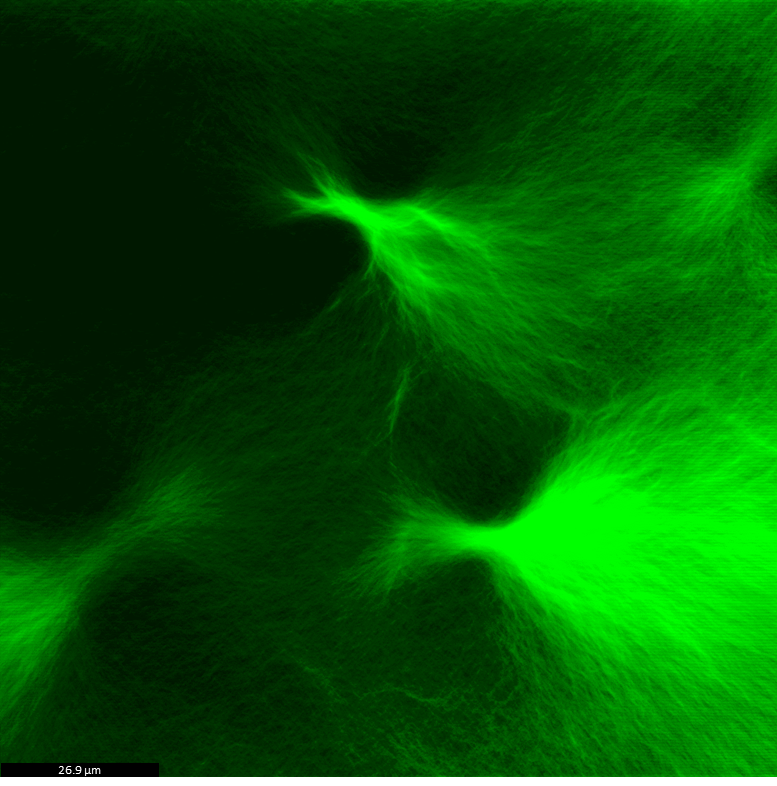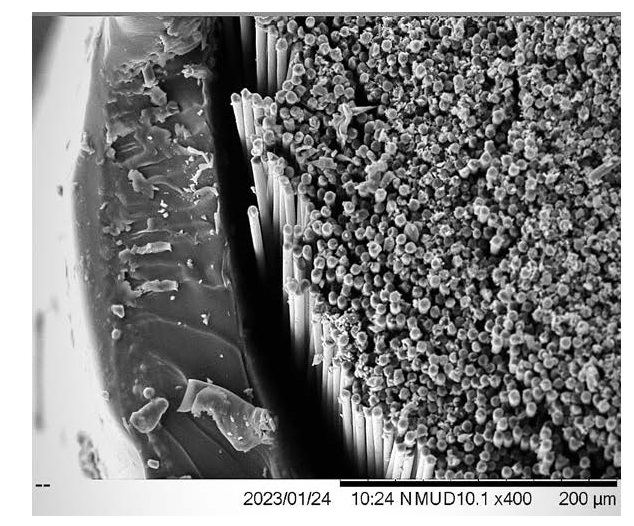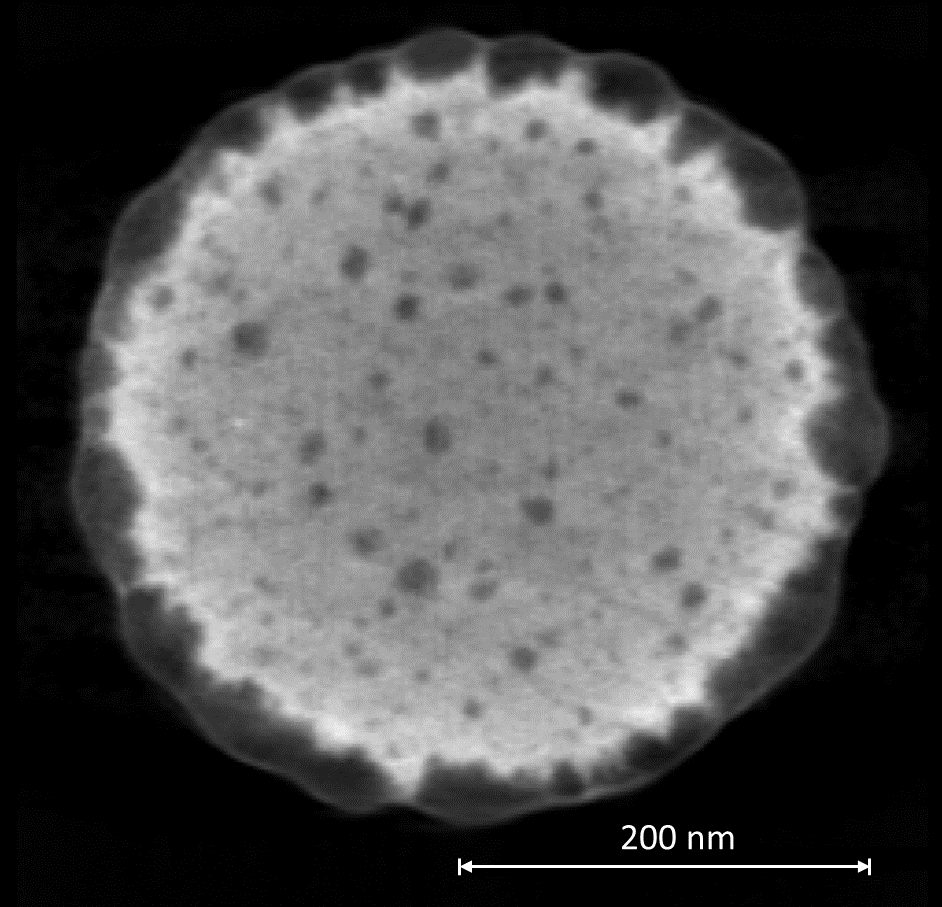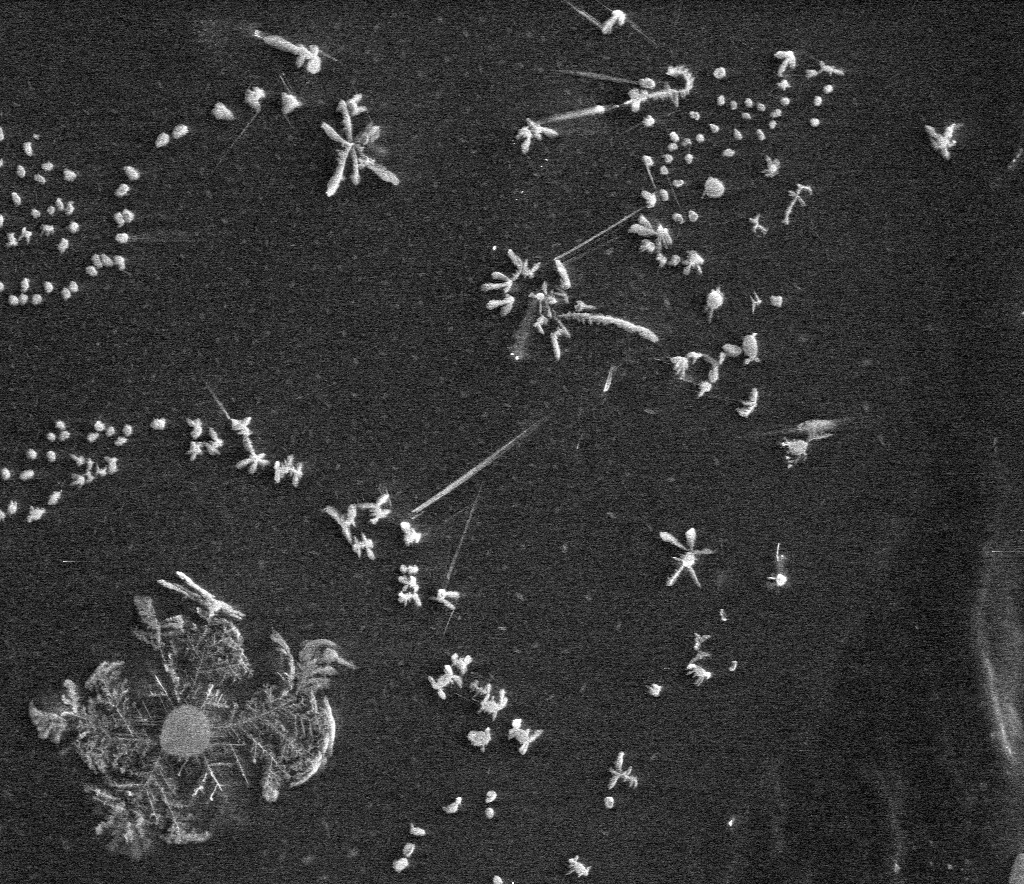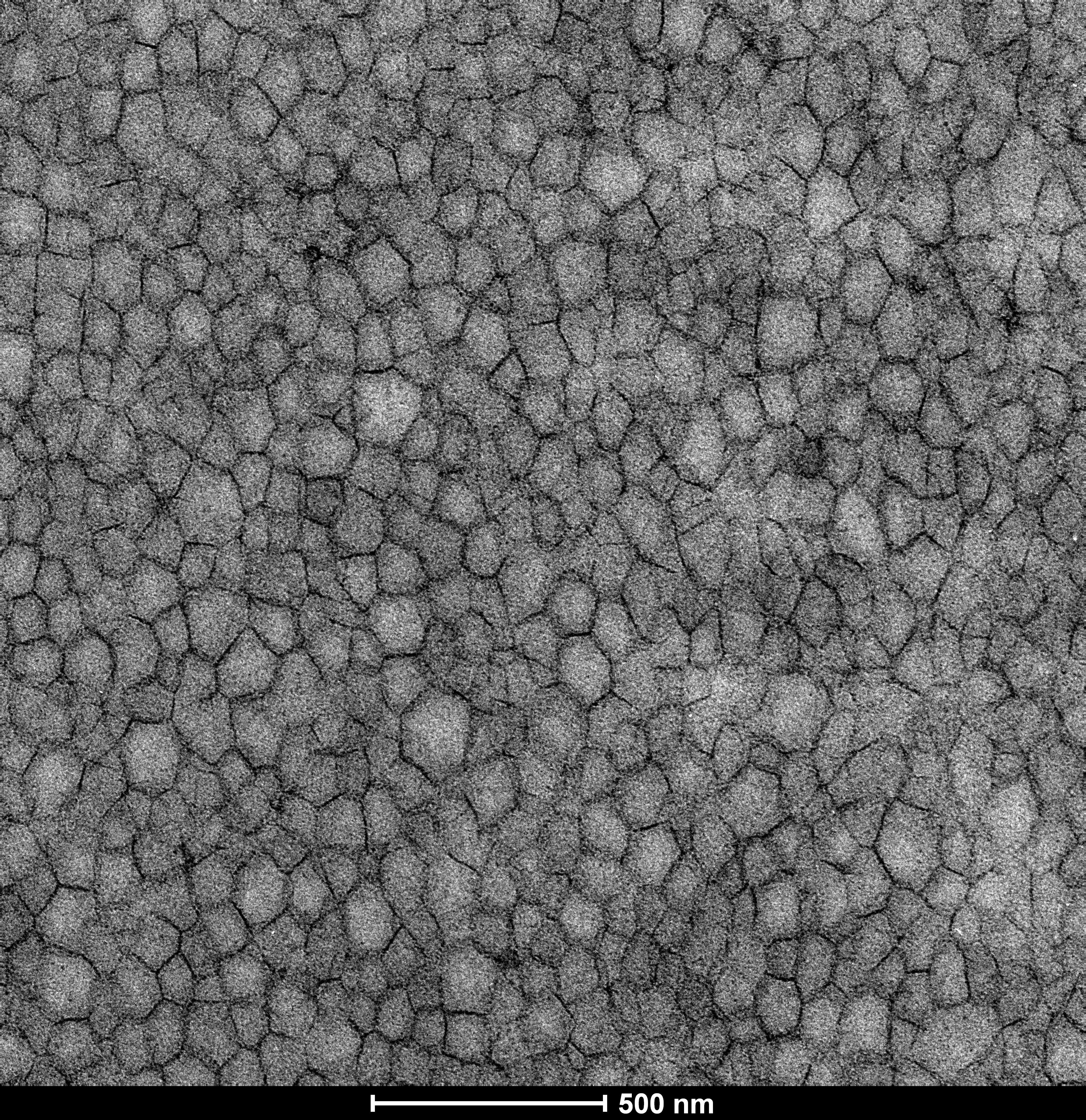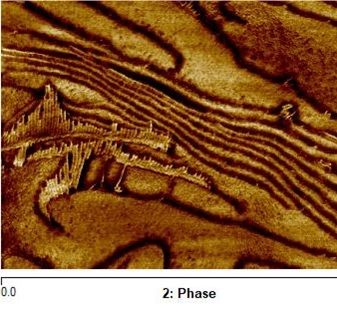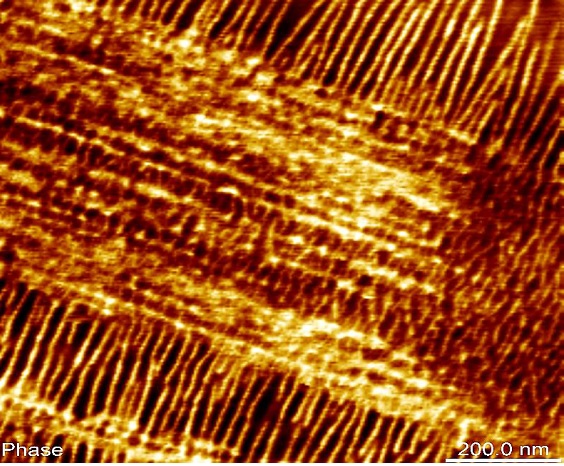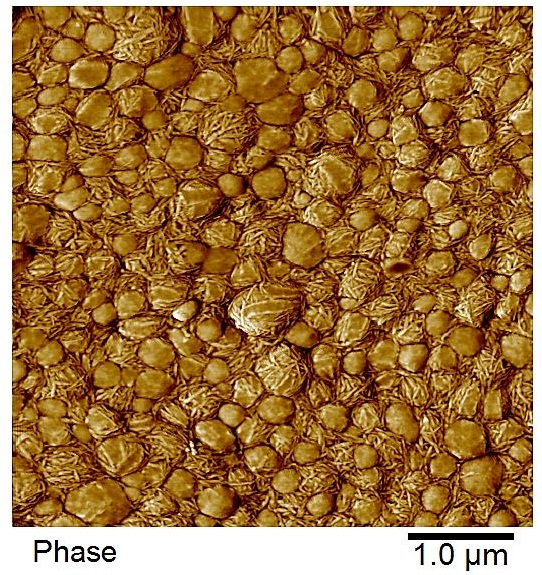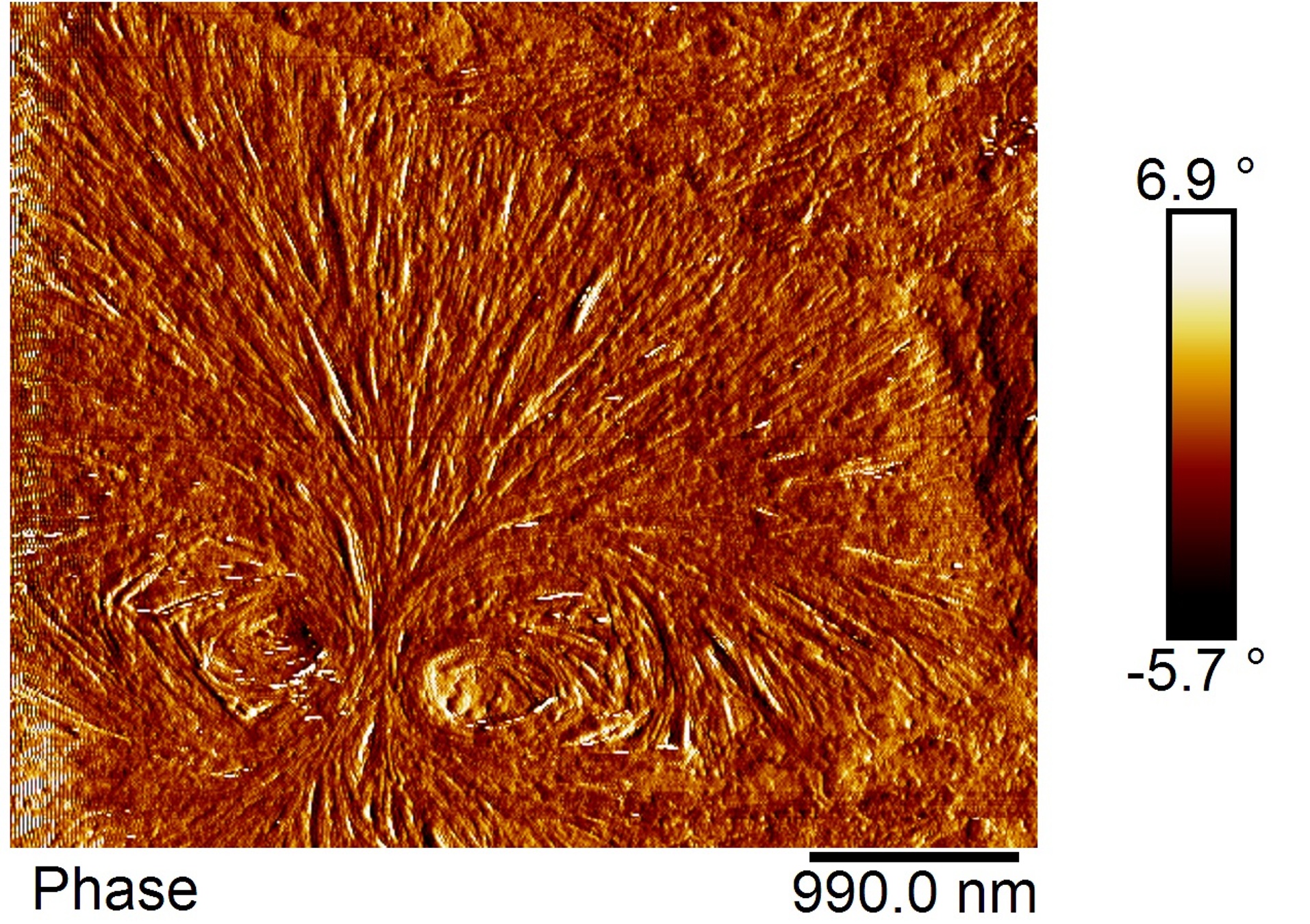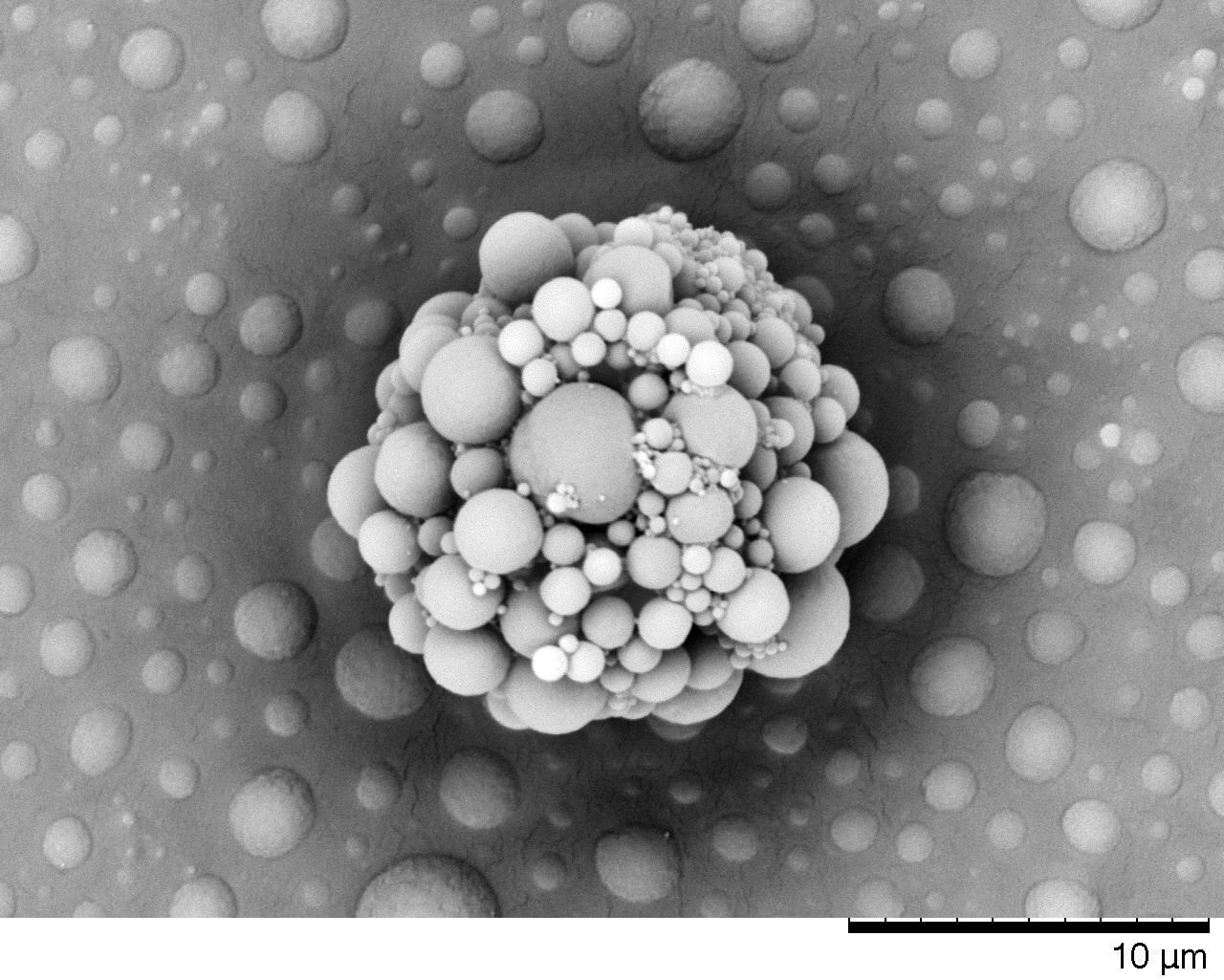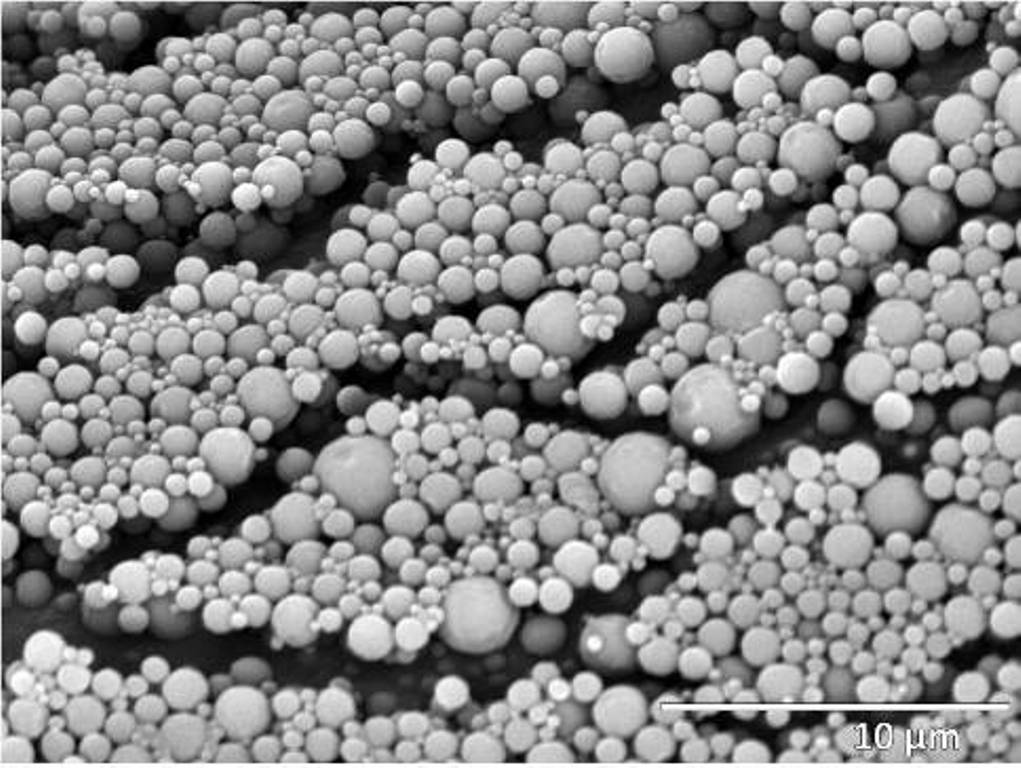CONCURSO DE FOTOGRAFIA CIENTIFICA 2025
¿Quién puede participar?
• Estudiantes de doctorado afiliados a POLYMAT y Postdocs.
• No podrán participar estudiantes que hayan sido ganadores de alguna edición anterior.
• Plazo de entrega: 31 de Enero de 2025.
• Enviar los documentos por mail a: polymat@ehu.eus
Información a enviar
Utilizar el documento Word (Template) modelo que debe incluir:
- Título.
- (Una fotografía de un material polimérico detallando el tipo de técnica utilizada (SEM, TEM...) y la escala.
- Descripción de la preparación de la muestra y de la obtención de la foto.
- Descripción de la foto en el contexto de la Tesis o del proyecto en el que se realiza la investigación.
- Director(es) de tesis si es Ph D.
Evaluación
- Descripción detallada de la preparación de la muestra y de la técnica empleada 1/3
- Descripción e interpretación de la imagen 1/3
- Estética de la imagen 1/3


